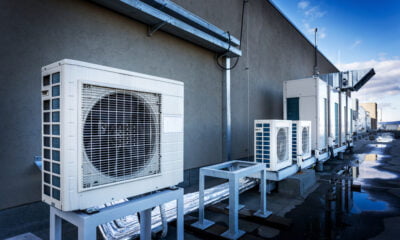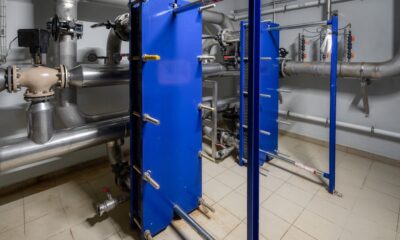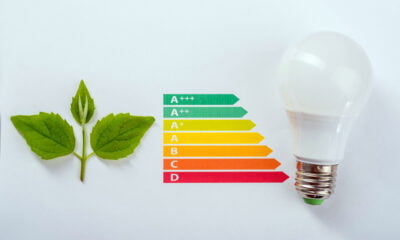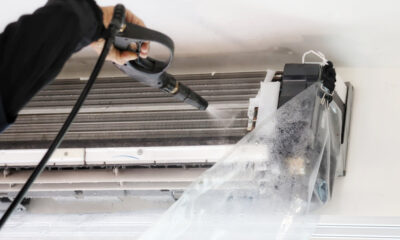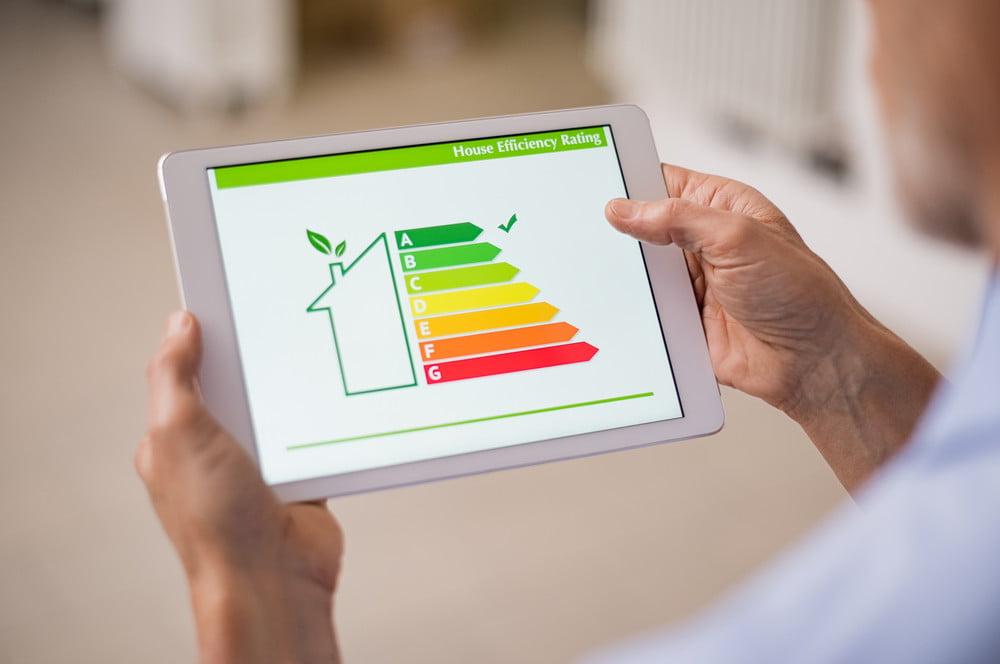
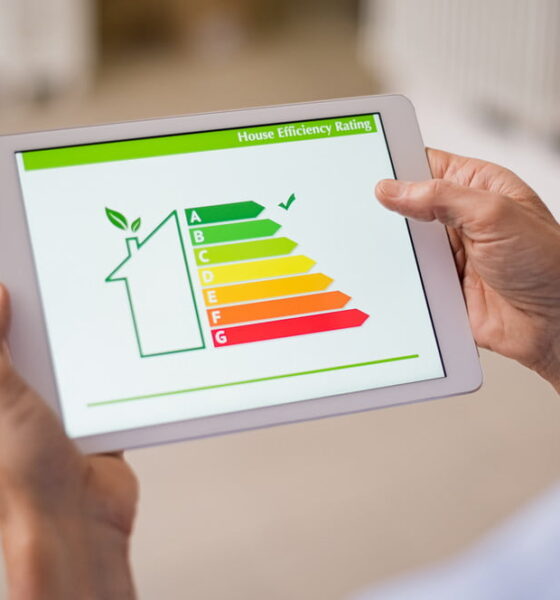
Energy
Energy Efficiency Is Becoming The Prime Focus of Logistics in 2019
Companies are more concerned about sustainability than ever in 2019. They recognize that consumers are worried about it. However, companies also need to focus on offering sustainable products that retain their quality.
Forbes recently cited some of the most successful green companies. Nestle, Valeo, Outotec and Amundi are some of the biggest. Other companies need to follow their example to thrive. They should be especially focused on energy efficiency.
Energy Efficiency is a Top Concern in 2019
Companies and their supply chains must prove they act in sustainable, environmentally-friendly ways, since many customers want to know where products are sourced and often make decisions based on the company’s sustainability record.
The most challenging part of the equation is to balance those expectations with the need to produce products that consumers are willing to pay for. For example, BBN Times notes that studies have shown consumers aren’t willing to pay more for items like sustainable clothing, although they will pay more for top quality, style and fashion. To make things more complicated, if a sustainable product isn’t as good as the one that’s less sustainable, they aren’t going to trade quality and performance for sustainability. Consumers, whether furnishing one of the new Brampton townhouses or buying foods at the grocery store, want high quality, superior function or performance, delivery on social responsibility claims and items made with sustainable, eco-friendly materials.
Energy efficiency becomes the key to logistics, creating ways to cut energy costs while also benefiting the environment. When that happens, the return on investment rises quickly. If you aren’t sure where to start, these are some of the best ways to accomplish that.
Alternative Fuels
Many companies are starting to use alternative fuels that burn cleaner than diesel or biodiesel blends, such as trucks and cars with specially designed engines for natural gas which produces fewer harmful emissions. In 2018, UPS announced that it would invest $130 million to purchase over 700 natural gas vehicles and build additional domestic fueling stations in 2018, with the industry moving from petroleum-burning vehicles using alternative fuels that cause less pollution.
Reducing Electricity Use in Warehouses
The same equipment that powers modern distribution centers through automation like lifts, conveying systems and retrieval systems can significantly drive up electricity bills and negatively impact the environment. There are many opportunities to cut those costs like using engine friction to generate power for certain types of machinery, such as lifts and cranes, installing solar power panels and employing the loT to trace and lessen power surges.
Simply reminding employees to turn off equipment and machines when they aren’t being used can make a big dent in energy costs and a business’s carbon footprint. Constantly running unused machines is a significant waste of money and energy. Flexible Scheduling can help too, as temperatures inside warehouses, like all buildings, fluctuate based on the time of day. In the winter, it will be warmest in mid-afternoon, and in the summer, temperatures are cooler in the early morning hours and again in the late afternoon. If business flow allows, you might want to consider scheduling hours during these times that allow employees to work in optimal conditions without having to run heating or air conditioning for long periods of time.
Cutting Fork Lift Costs
Rising oil prices can increase the cost of operating forklifts. One of the best ways to slash those energy costs is to use a warehouse management system to identify wasteful travel patterns, which can save energy and money by finding the shortest, most efficient routes.
Make Energy Efficiency a Company Priority in 2019
Companies are more focused on sustainability than ever. They need to make sure that they invest in more energy efficient solutions. Fortunately, there are a number of ways to do so while retaining a strong ROI.


 Environment10 months ago
Environment10 months agoAre Polymer Banknotes: an Eco-Friendly Trend or a Groundswell?

 Environment11 months ago
Environment11 months agoEco-Friendly Home Improvements: Top 7 Upgrades for 2025

 Features9 months ago
Features9 months agoEco-Friendly Cryptocurrencies: Sustainable Investment Choices

 Features10 months ago
Features10 months agoEco-Friendly Crypto Traders Must Find the Right Exchange


